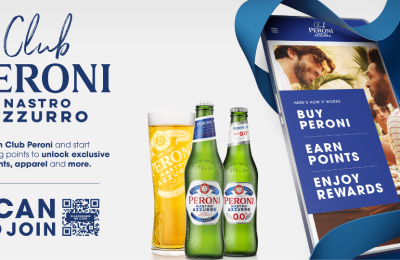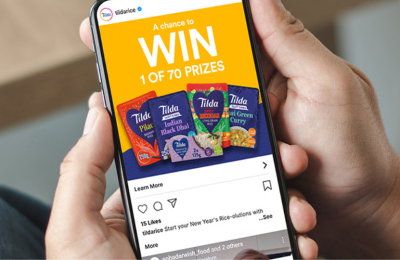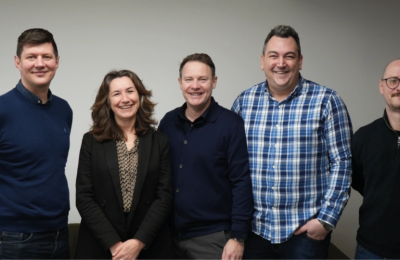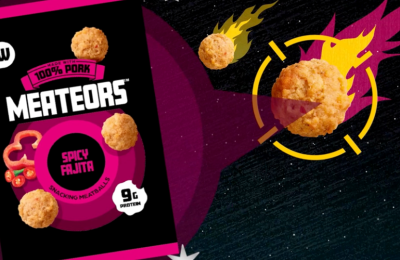Mark Spicer of Snipp Interactive looks at how some key technologies and trends are impacting the loyalty industry
Most loyalty programs were conceived decades ago and still largely follow traditional “earn and burn,” transactional, points-based program structures.
However, new technologies (e.g. mobile, the Internet of Things, social etc.) have given us the ability to conceive of entirely new paradigms in loyalty, moving well beyond what we see in the marketplace today. Marketers are beginning to catch up to the possibilities opened up by these technologies, incorporating them into programs. However, this brings additional challenges, as well as opportunities – for one thing, it means consumer expectations are higher!
Technology is not just changing what is feasible in the context of loyalty program design for brands, it is also driving changes in consumer expectations for such programs, in particular around personalisation and immediacy.
More fundamentally, technology is changing the very nature of the relationship between consumers and brands, moving away from the one-way, transactional structures of yore to a more holistic, always-on dialog between equals.
These technologies, and the changing behaviours they inspire, are dramatically impacting the very notion of “loyalty” itself. Below are some of the key technologies that are shaping the next generation of loyalty.
Smartphones are the new loyalty platform
Like many other industries and sectors, smartphones and high-speed data networks are dramatically impacting loyalty program design, behaviour and usage. Virtually every program has an app today, enabling members to view, manage and personalise their accounts easily.
The wide assortment of functionality on today’s smartphones is opening up endless possibilities for loyalty programs: location-based services to reward browsing and create highly targeted offers; mobile wallet integrations for seamless payment and points accumulation; camera integrations for coupon scanning and receipt-based purchase validation; gamification and social activity to increase the effectiveness and reach of programs.
Smartphones are the platform on which new loyalty programs are being built.
Big Data personalises loyalty for me
Today’s computing power, storage and analytics have allowed even the smallest of companies to crunch through large amounts of data, and have therefore transformed customer expectations around program personalisation.
The use of machine learning, neural networks and other increasingly sophisticated analytics is further enabling real-time personalisation of such programs. We are already seeing examples of programs that dynamically generate offers and adjust points based on individual patterns of behaviour; expect to see a lot more in the future, but more relevant and targeted.
The Internet of Things = loyalty for everything
The Internet of Things dramatically expands the reach and changes the nature of loyalty programs, transforming them from transactional, purchase-driven programs to more holistic, interaction-based relationships.
As a greater amount of “things” become connected, programs get access to more – and more varied – data; data that can be used to reward not just transactions but behaviours. Examples include insurance companies being able to reward people who log 10,000 steps daily on their Fitbits or utility companies who can reward those who set their Nest thermostats to be one degree lower than their daily average.
New programs for the New Economy
The sharing and social economy is further engendering new types of loyalty programs. In the sharing economy, it is not just consumers who can get rewarded for their loyalty, but also a company’s supplier partners – a new twist to traditional channel loyalty programs.
Further, technology is also making it easier to string together sets of brands to create coalition programs around common themes – e.g. a “green” loyalty coalition, or a “Tea Party” coalition.
Gamification makes driving consumer behaviour fun
The rise of gamification has also had a profound impact on the design and implementation of loyalty programs. Accepted wisdoms around the ways in which consumer behaviour can be shaped or what motivates employees and other stakeholders or the kinds of rewards required to incentivise consumers to participate have been upended by the rise of gamification.
Coupled with big data and the rise of mobile, gamification can be a powerful tool when used effectively in loyalty programs.
Universal POS systems
The fundamental focus of all programs, though, will remain purchase transactions. All the loyalty in the world isn’t helpful if it isn’t eventually translating into future purchases.
One of the fundamental issues with the implementation of loyalty programs has been the need to integrate with existing POS and other systems. Loyalty has been, for much of its existence, a large IT implementation primarily because of integration issues.
Thankfully, there are a host of technologies and companies that are providing solutions to solve this thorny problem – either by integrating directly into POS solutions ahead of time, or circumventing the integration work altogether. Such technologies can work via the bar code scanner, can leverage receipt-based scanning or can interface with the credit card vendor.
These solutions make it considerably easier to implement and experiment with loyalty solutions – as well as create flexible partnerships and loyalty coalitions as needed.
Mark Spicer is Loyalty Solutions Director for Snipp Interactive UK, a subsidiary of US company Snipp Interactive Inc. Snipp brings together a full suite of technology solutions and best-in-class CRM and loyalty marketing expertise to help drive sales, increase engagement and inspire loyalty, collecting meaningful data on consumers, their behavior and ultimately increasing bottom line profits. For more information, see www.snipp.com.
Snipp Interactive is headline partner of the IPM Awards 2016.






















